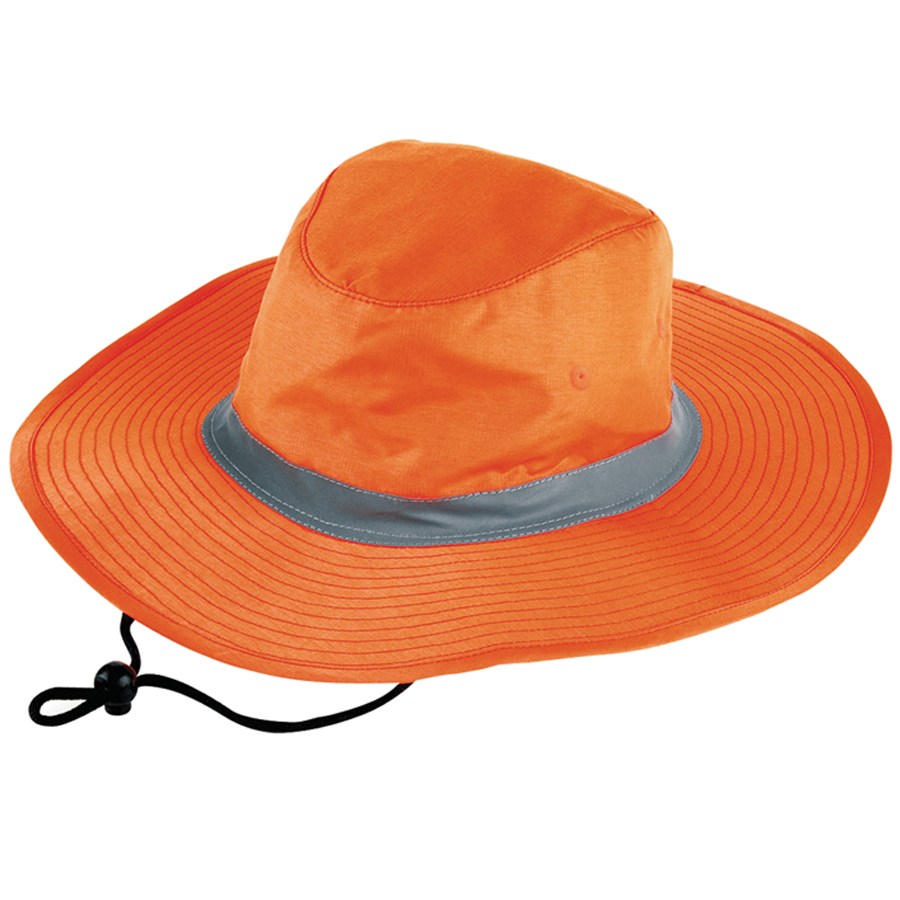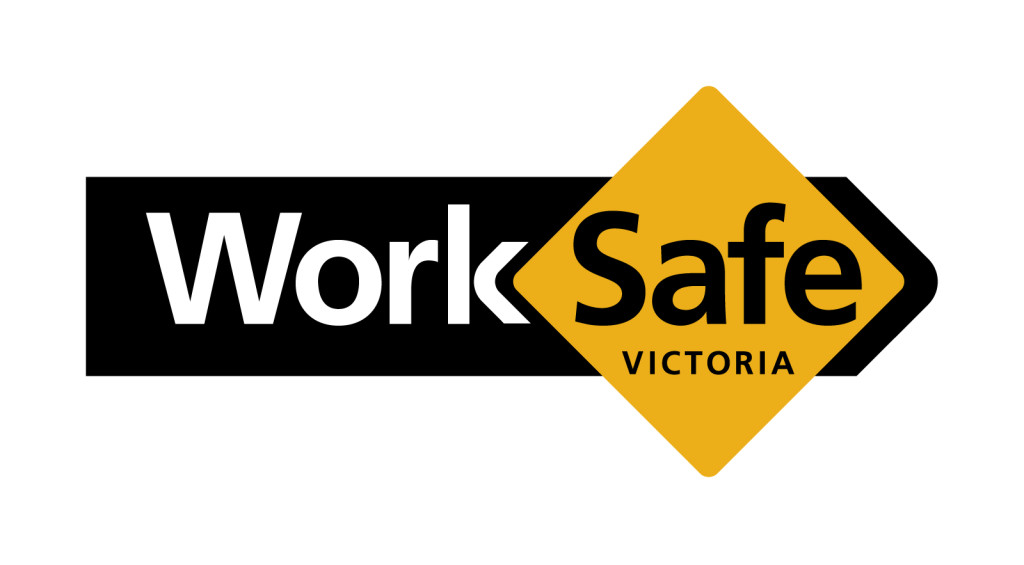Sun protection for outdoor workers
An extract of the first major refresh of this UV Guidance Note in twelve years by Worksafe Victoria.
The purpose of this guidance is to assist employers, employees and independent contractors to understand the risk of occupational exposure to ultraviolet (UV) radiation in sunlight. It will assist employers in ensuring the risk of UV radiation exposure is eliminated or reduced so far as is reasonably practicable.
Background
Australia and New Zealand have the highest incidence of skin cancer in the world. In Victoria, more than 40,000 new cases of skin cancer are diagnosed annually.
Occupational exposure to UV radiation can occur via direct sunlight, reflections from surfaces, and the scattering of UV through the atmosphere. It is estimated that in Australia around 200 melanoma and 34,000 non-melanoma skin cancers per year are caused by occupational exposure to UV radiation.
The risk of exposure is greater for those working outdoors for extended periods of time (for example farmers, plumbers, heavy vehicle drivers, miners and agriculture industry workers) and those who work near reflective surfaces (for example water, roofing iron, sand, and concrete). Outdoor workers generally receive five to ten times more exposure to UV radiation per year than indoor workers.
The Occupational Health and Safety Act 2004 (OHS Act) requires that employers must, so far as is reasonably practicable, provide and maintain for employees (including independent contractors and employees of independent contractors) a working environment which is safe and without risks to health.
The OHS Act also requires that employees, while at work, must take reasonable care of their own health and safety and co-operate with their employer with respect to any action by the employer to comply with requirements imposed by the OHS Act or Occupational Health and Safety Regulations 2007.
What is UV radiation?
UV radiation is the invisible wavelengths of sunlight which can damage the skin. Unlike infrared light which is felt as heat, UV radiation cannot be felt. The level of UV radiation varies depending on the time of the year, height of the sun, cloud cover, and proximity of surfaces which can reflect and scatter UV radiation.
What is skin cancer?
Cumulative exposure to UV radiation can damage the body’s skin cells. This can result in various forms of skin cancer which can be fatal if not detected and treated early.
What forms of sun protection are most effective?
Sun protection is recommended all year round for outdoor workers to reduce the risk of cumulative UV exposure.
Employers must eliminate the risk of UV exposure so far as is reasonably practicable. If it is not reasonably practicable to eliminate the risk, employers must reduce the risk so far as is reasonably practicable.
Employers should conduct a risk assessment on outdoor work to assist in developing appropriate sun protection measures. The most effective way to eliminate or reduce the risk of UV exposure is to implement a combination of protection measures. Employers should document such measures in a sun protection policy, or part of a policy, and ensure the effectiveness of protection measures is monitored and reviewed. In order of effectiveness, following the hierarchy of controls, sun protection measures include:
- re-organising work;
- using shade;
- providing appropriate protective clothing and equipment (hats and sunglasses); and
- applying sunscreen.
Ultraviolet protection factor (UPF)
When selecting clothing and hats for sun protection, refer to the UPF rating which should be referred to on the label. UPF indicates the percentage of UV radiation absorbed and transmitted by the fabric of hats and clothing only. The higher the rating, the better the protection provided (see table below).
Table 1: UPF rating and associated UV radiation levels absorbed and transmitted
Hats
On sites where safety helmets (hard hats) are mandatory, additional sun protection is needed during outdoor work to protect face, ears and neck. Various sun protection accessories are available for attaching to helmets, such as broad brims (pictured below centre), brim and flap attachments, or legionnaire covers with peak and flap at the back and sides (pictured below left). On sites where safety helmets are not required, select a hat with a broad brim (8 to 10 cm) (pictured below right).
Information, instruction, training or supervision
Employers must provide such information, instruction, training or supervision to employees as is necessary to enable those persons to perform their work in a way which is safe and without risks to health. This includes providing training on risks associated with occupational exposure to UV radiation and sun protection measures.
Where there is a risk of occupational exposure to UV radiation, training should include the:
- harmful health effects of exposure to UV radiation and why outdoor workers are a high risk group;
- factors affecting levels of UV radiation;
- correct use of sun protection measures on site;
- the employer’s sun protection policy; and
- risk factors and early detection of skin cancer, including how to check your own skin.
Employers may choose to provide skin cancer checks as part of regular workplace medical examinations and pre- employment medical checks.
SunSmart offers interactive education sessions for workplaces across Victoria, covering the recommended topics above. All sessions are carried out by trained educators and provide the most up-to-date and evidence-based information on UV radiation, skin cancer and sun protection. Sessions also include interactive learning activities, facilitated discussion, and a range of resources for employers and employees.
SunSmart also provides advice and resources which may assist employers in writing and implementing sun protection policies and practices.
For more information go to sunsmart.com.au/work.
Consultation
Employers must, so far as is reasonably practicable, consult with employees (including independent contractors) and health and safety representatives, if any, on specified matters that directly affect, or are likely to directly affect, their health and safety at the workplaces. This includes consulting during the development of the employer’s sun protection policy and selecting appropriate sun protection measures.
For more information on consultation go to
worksafe.vic.gov.au.














You must be logged in to post a comment Login